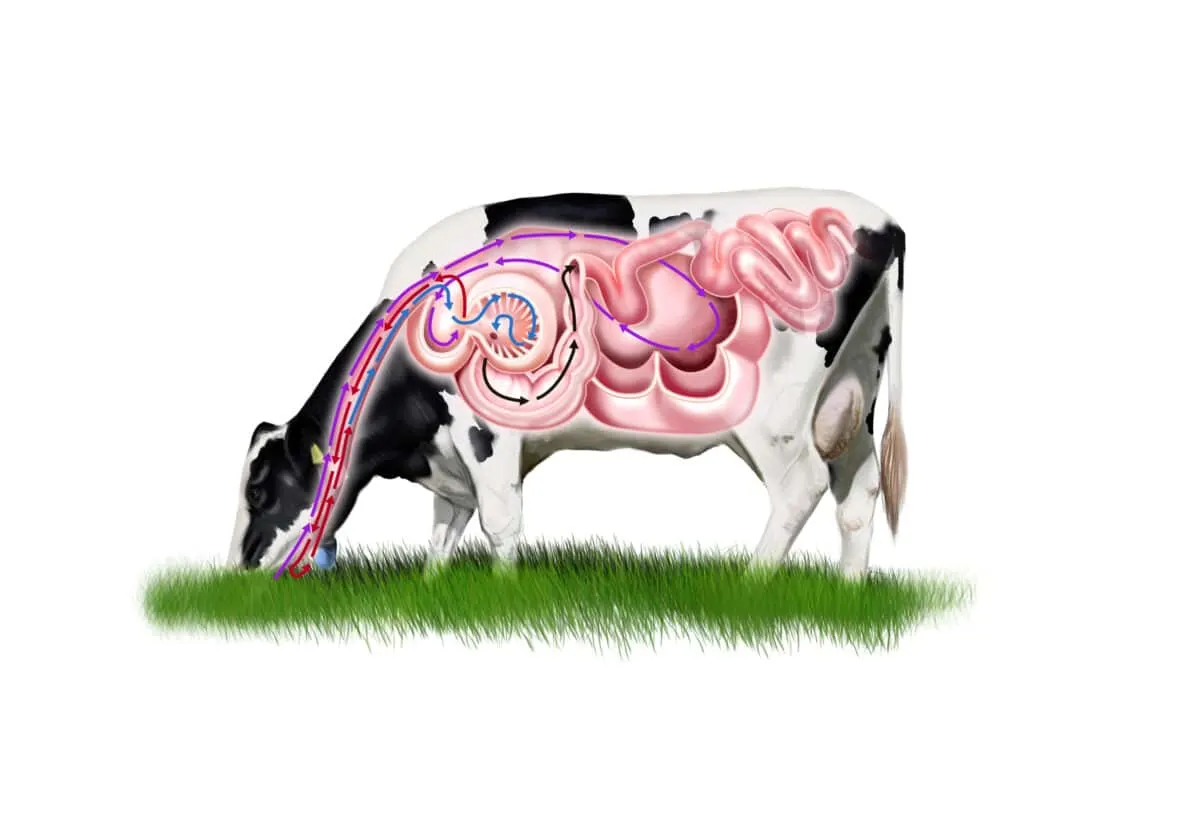Our expert-vetted content is grounded in current scientific publications, yet we acknowledge science’s ever-evolving nature. Read our full editorial and disclosure policy.
Introduction
Welcome to our article on 10 ruminant animals. As an Animal Scientist and Veterinary Student, understanding how food is digested in domesticated ruminant animals is vital for understanding what they need in their diet. In this article, I will briefly explain what a ruminant animal is and how their digestion differs from a monogastric (single-stomached) animal. I will also identify a few ruminant animals. I hope you enjoy learning something on this topic.
What Is A Ruminant Animal?
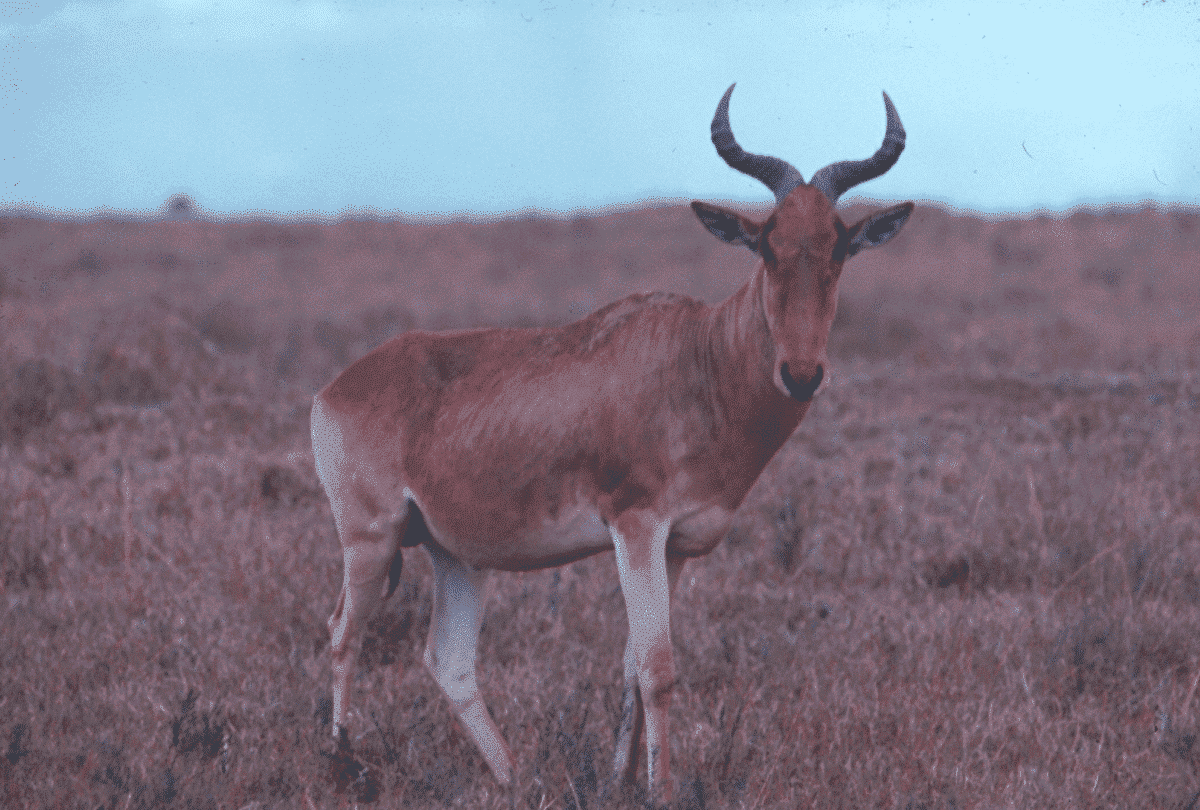
Ruminant animals are a group of mammals that can obtain their required nutrients from grazing (and browsing) due to their unique ability to ferment foods. Ruminants generally have a four-chambered stomach, often called four stomachs. This stomach is divided into four sections: the rumen, reticulum, omasum, and abomasum. This allows them to break down more complex and hardy carbohydrates into a form that can be digested. Ruminants also regurgitate foods and chew on the cud to break down the particle size.
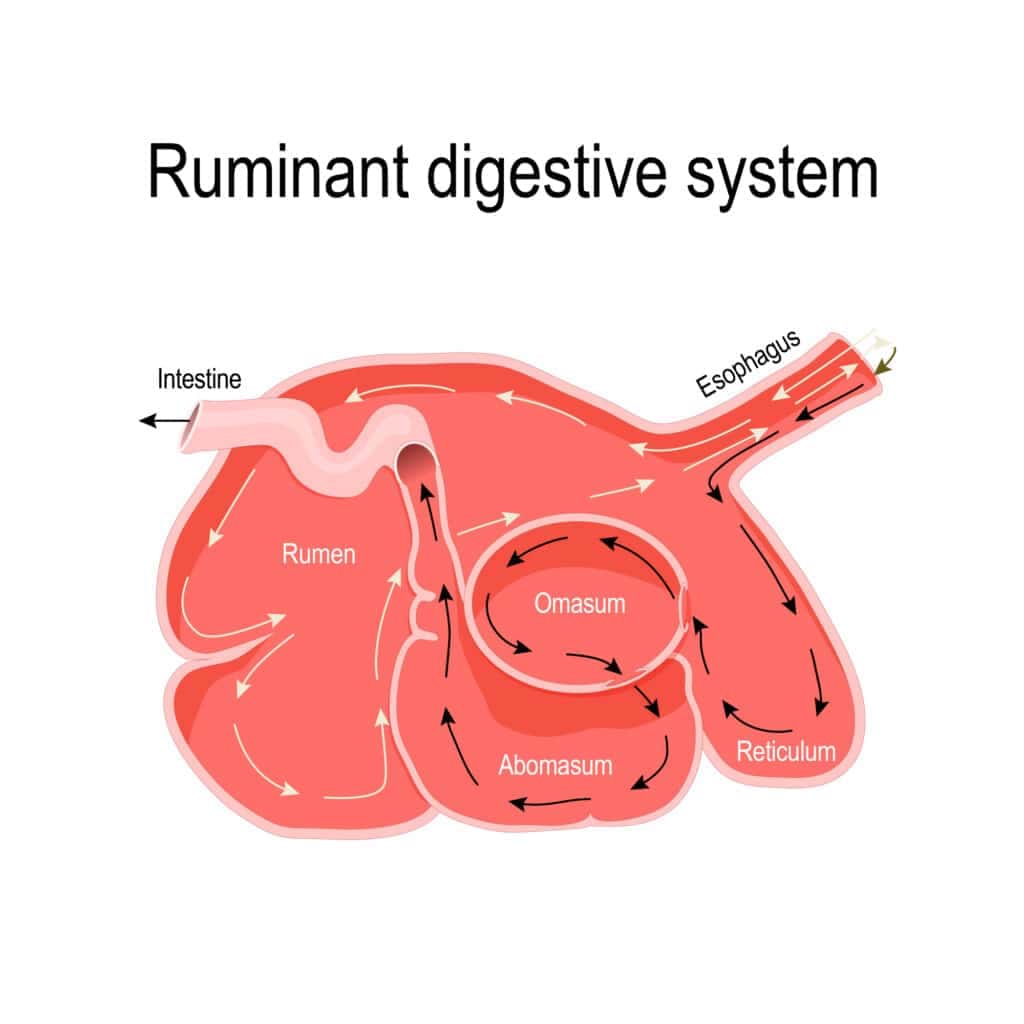
They initially chew and swallow their food, which then ferments in the rumen and reticulum. Later, they regurgitate this partially digested food, termed “cud,” to chew it again, aiding in breaking down plant fibers. This efficient digestive process allows them to extract maximum nutrients from fibrous plant material.
Essentially, the first three chambers of the stomach in a ruminant are responsible for breaking down the fibrous plant-based diets of ruminants. Upon entering the final chamber of the stomach, the digest is more readily absorbed thanks to the prior processes. These processes also lead to cows belching (burping) methane, a greenhouse gas.
| Aspect | Monogastric Animals | Ruminant Animals |
| Stomach Chambers | Single chamber (simple stomach) | Four chambers (rumen, reticulum, omasum, abomasum) |
| Digestive Process | Direct digestion | Fermentation followed by digestion |
| Diet | Varied, including meats, grains, fruits, and vegetables | Mainly grasses and other fibrous plant material |
| Example of Cud Chewing | None (do not chew cud) | Chew cud as part of digestion |
| Typical Animals | Humans, pigs, dogs, cats | Cows, sheep, goats, deer |
| Nutrient Absorption | Primarily in the stomach and small intestine | Fermentation in the rumen enhances breakdown of cellulose; nutrients absorbed in the small intestine |
| Digestive Efficiency | Less efficient at digesting cellulose-rich plant material | Highly efficient in extracting nutrients from fibrous plant material |
| Saliva Production | Less saliva production | High saliva production, aiding in fermentation and digestion |
| Gastric Secretions | Acidic gastric secretions for protein breakdown | Less acidic; relies on microbial fermentation in the rumen |
10 Ruminant Animals
- Cattle
- Sheep
- Goats
- Deer (spotted deer or red deer)
- Giraffe
- Antelopes
- Bison
- African Buffalo
- Wildebeest
- Camel
1. Cattle
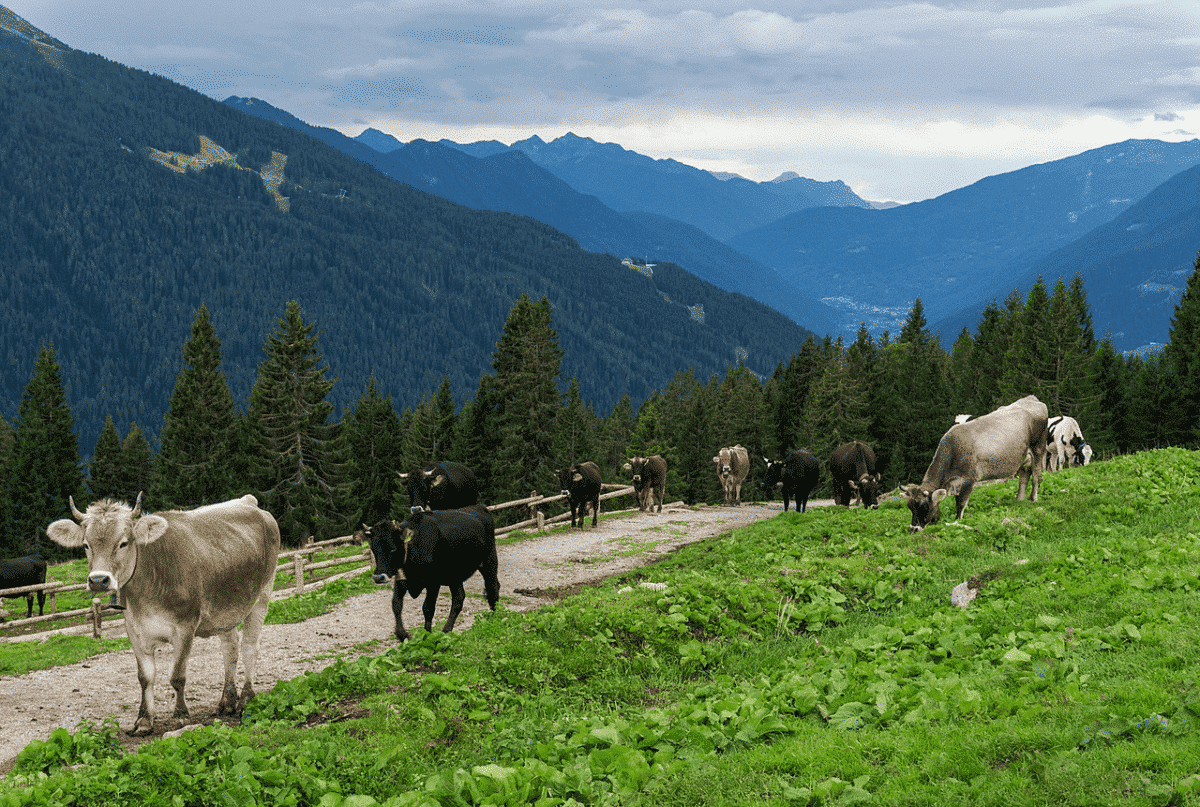
Domestic cattle are the most common ruminant animal due to their role in meat and milk farming. They’ve played a vital role in making up a protein proportion in populations’ diets. The balance of feeding cattle has been extensively researched to ensure gut health and maximizing yield for either meat or milk. They are also significant contributors to methane gas, a greenhouse gas that has a negative impact on global warming. There are many different breeds of cattle that vary in size, color, and production purpose.
2. Sheep
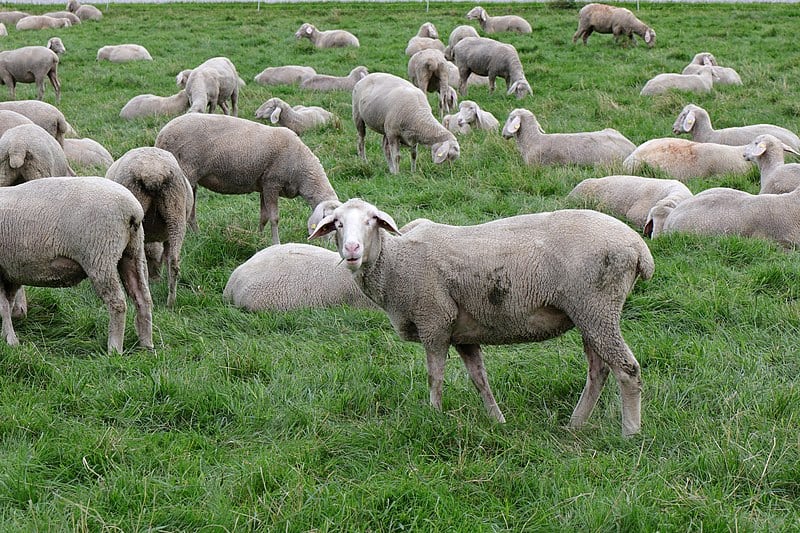
Sheep are farmed for their wool and meat; in some cases, breeds are farmed for both. Like cattle, there are various breeds of sheep that exist globally. Breeds differ for farming purposes, climate suitability, and ease of handling. Sheep are also contributors to methane gas in the atmosphere.
3. Goats
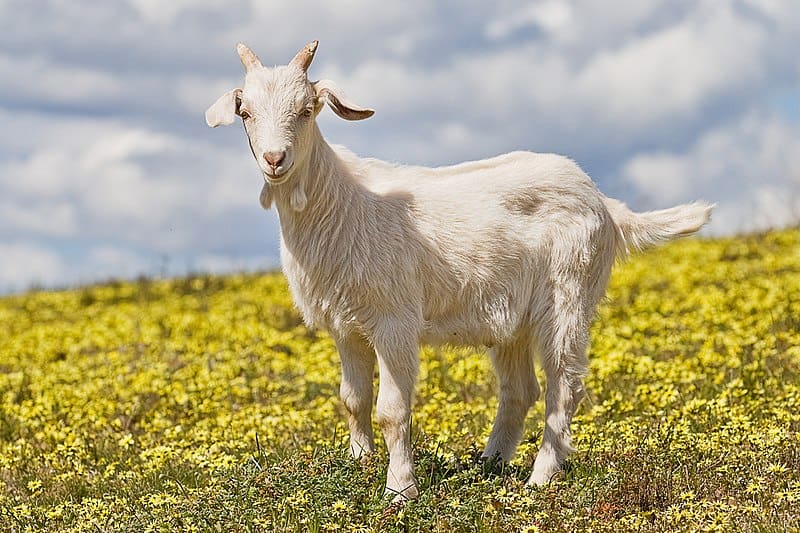
Goats are known for being hardy animals that are often able to survive in harsh conditions without too much grazing. They can also be used for meat, milk, or meat production. However, goat meat is not eaten in all countries. In terms of hair production, mohair, which comes from an angora goat, is extremely expensive and used in the clothing industry to make premium products.
4. Deer
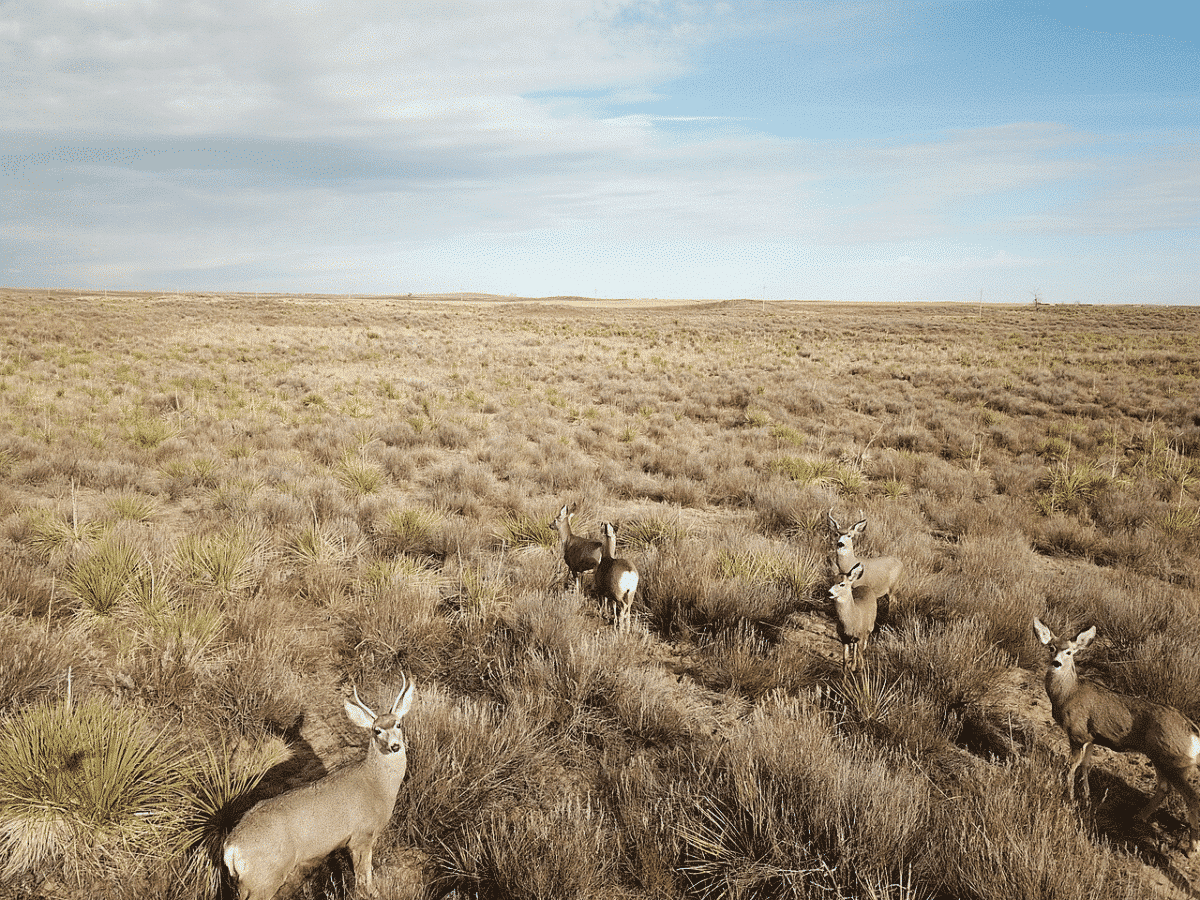
Deer are graceful, herbivorous mammals known for their elegant antlers, which are typically found on males. They inhabit various ecosystems worldwide, thriving in forests and grasslands.
5. Giraffe
Giraffes are the tallest mammals on Earth, renowned for their long necks and legs, and distinctive coat patterns. Native to African savannas and woodlands, they feed primarily on leaves and twigs, using their height to reach vegetation inaccessible to other herbivores. Giraffes are social, forming loose herds. An interesting fact about giraffes is that despite their long necks, they have 7 cervical vertebrae in their neck (c1-C8), which is the same as humans.
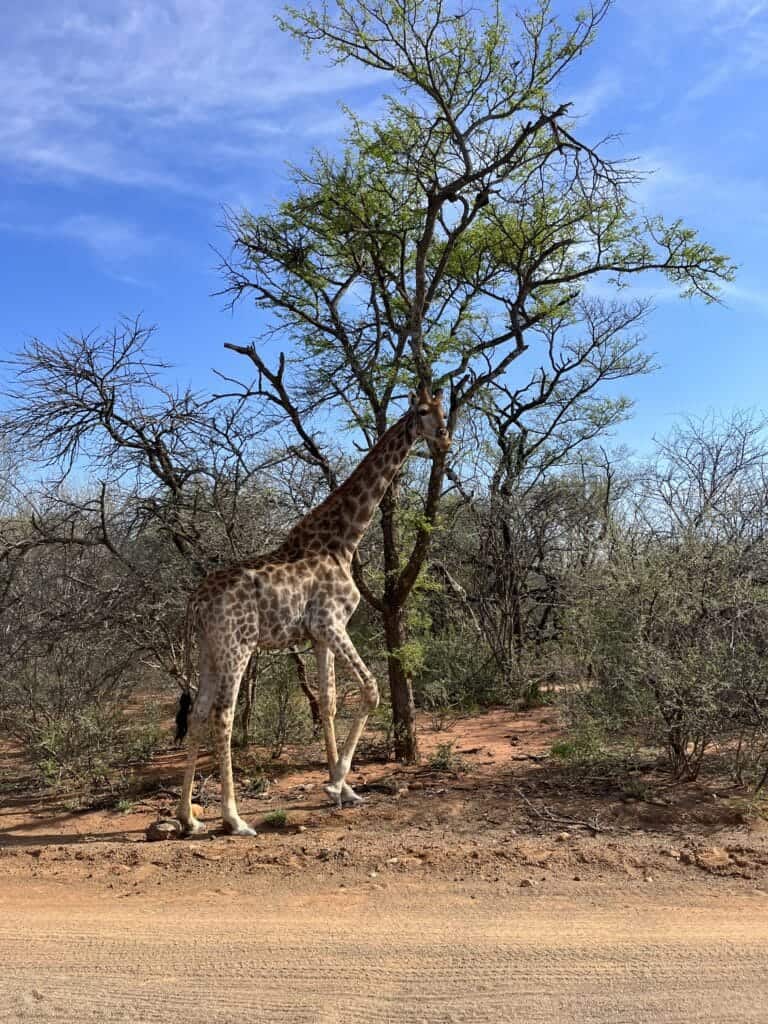
6. Antelope
Antelopes are diverse and widespread, encompassing various species within the Bovidae family and are closely related to other bovid groups such as cattle. Known for their slender bodies and agile movement, they inhabit grasslands, forests, and deserts across Africa and Asia. Herbivorous in nature, antelopes play a crucial role in their ecosystems as prey for large predators. “True Antelope” definition includes gazelles. Gazelles are nimble, graceful antelopes known for their slender builds and swift speeds. They inhabit savannas and deserts in Africa and Asia, feeding on grasses and leaves.
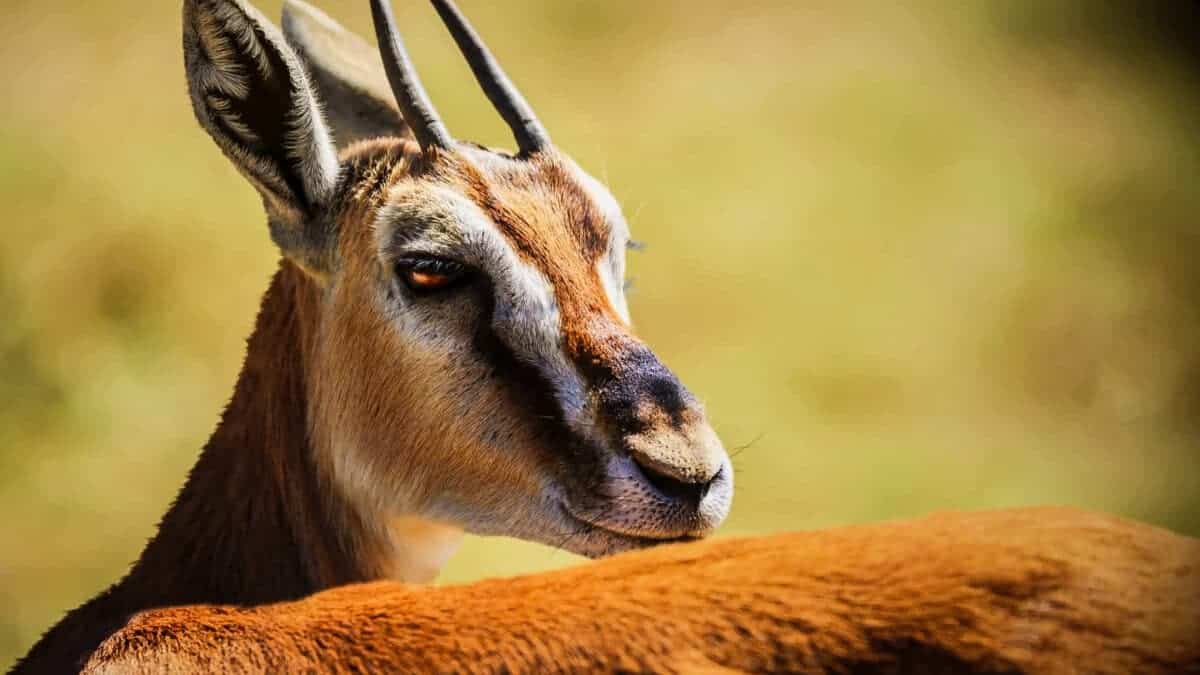
7. Bison
Bison are large, robust mammals with shaggy coats and distinctive humped shoulders. Native to North America and Europe, they graze on grasses and sedges in grasslands and prairies. Bison are social animals, living in herds and playing a key role in their ecosystems.
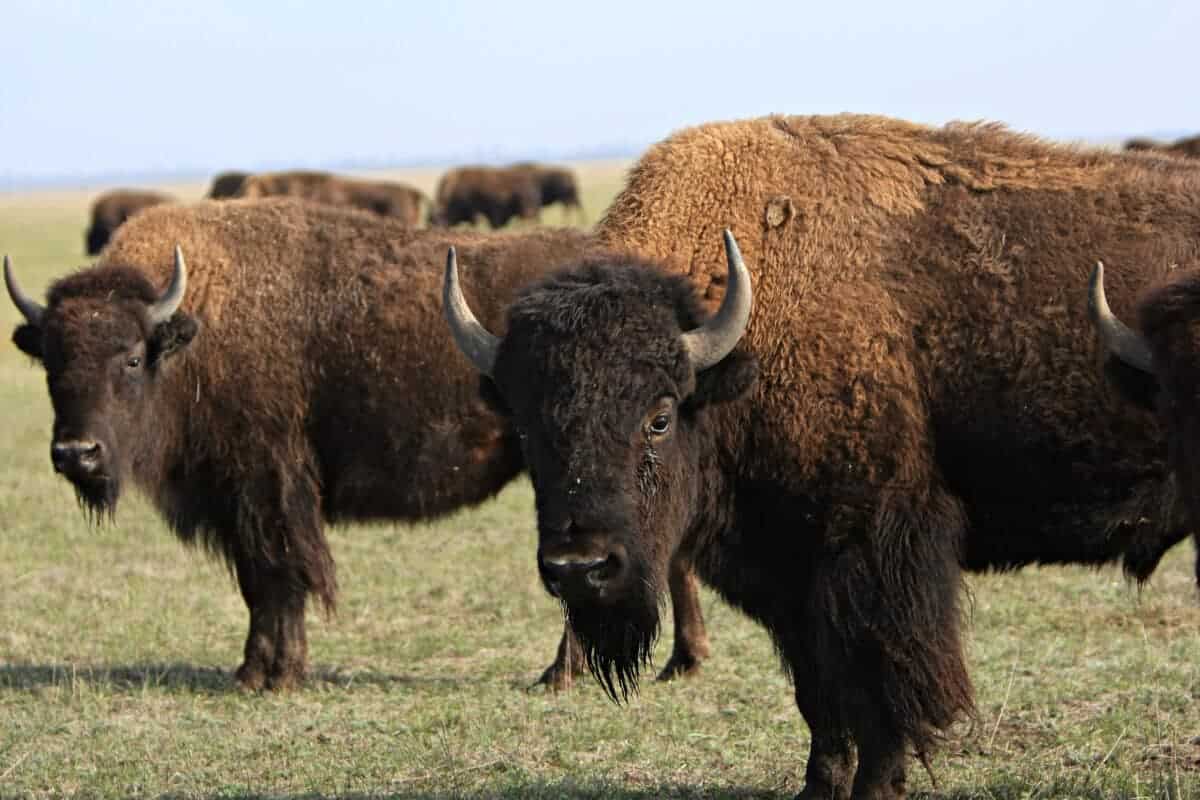
8. African Buffalo
The African buffalo is a hardy and strong herbivore. They are known for their size and unpredictable temperament. Found in sub-Saharan Africa, it grazes in herds, often near water sources.
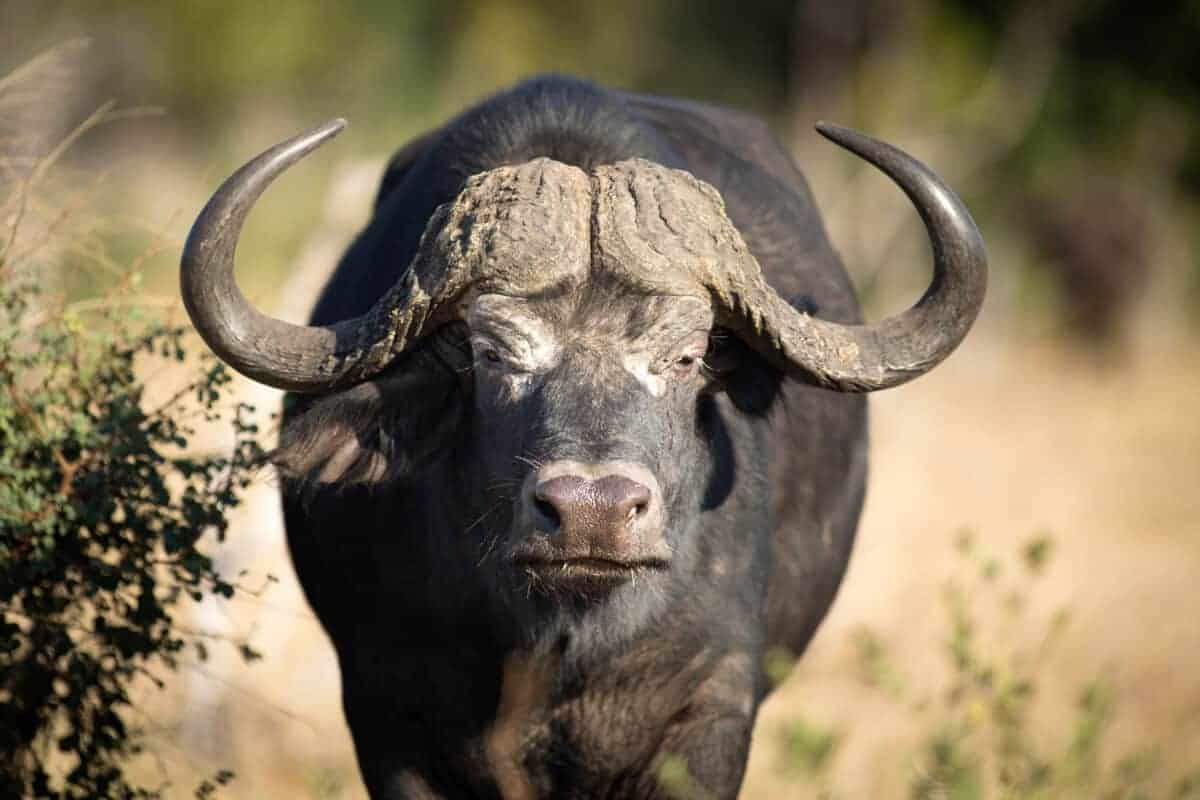
9. Wildebeest
Wildebeest, also known as gnus, are large, muscular antelopes famous for their dramatic migrations across African savannas. There are blue and black wildebeest; the most distinctive difference is the curvature of the horns. They have distinctively curved horns (blue curves inwards and black projects forwards and curves backward) and a mane. They graze in vast herds and are preyed on by predators such as lions and crocodiles.
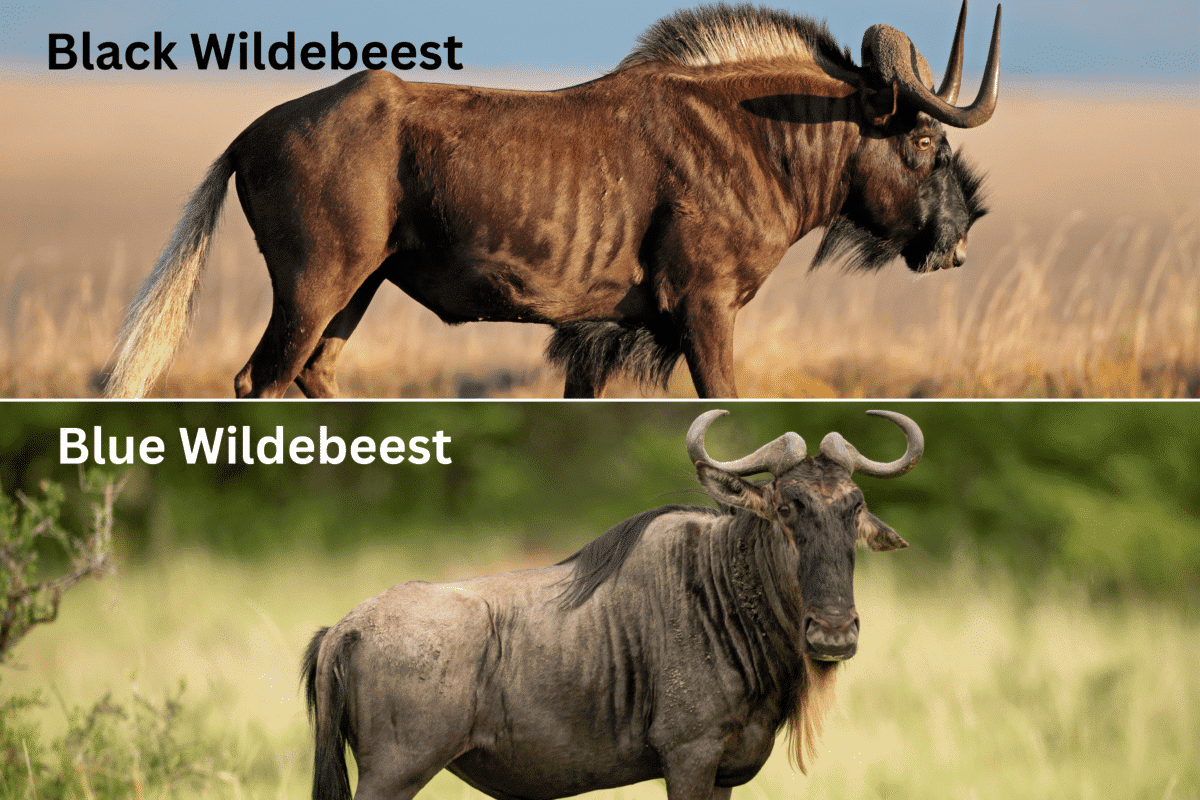
10. Camels
Camels are called pseudoruminants or ‘modified’ ruminants because their stomachs are made up of three compartments, unlike the four in true ruminants as described above. Camels are resilient, large mammals famous for their humped backs, adapted for water storage. Native to desert environments, they are vital for transportation and provide milk, meat, and wool.
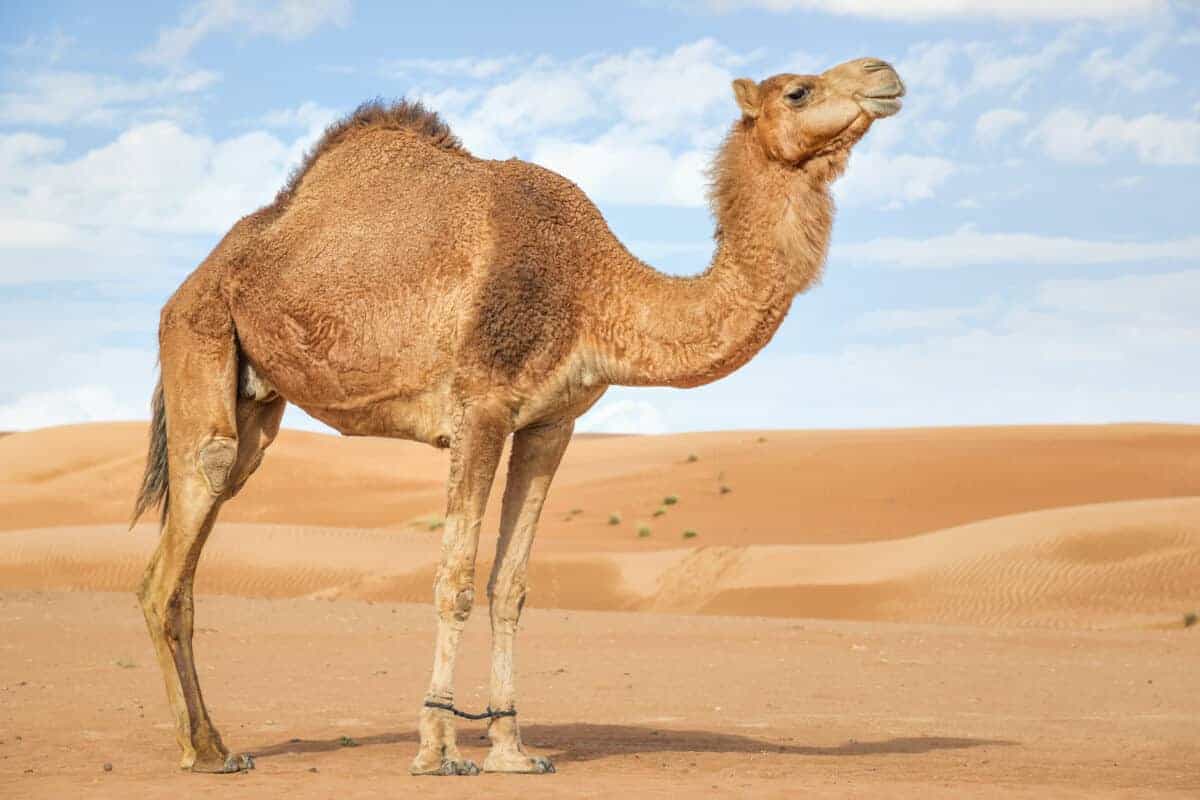
Wrapping it up
In summary there are many diverse animals that are ruminants. They range from domesticated animals to those found in the wild. The common ground amongst them is their ability to digest hardy plant matter, which would otherwise be undigestible if it weren’t for the ability of their multi-chambered stomachs. I hope you enjoyed learning more about ruminant animals.
If you enjoyed reading this article you might like enjoy these articles.
- Science Proves that Cows have Best Friends and Get Upset when Seperated from them
- Seaweed Can Save the Cows and the Climate
- The Biggest Buffalo Ever Recorded
Join our Forum for free today!


